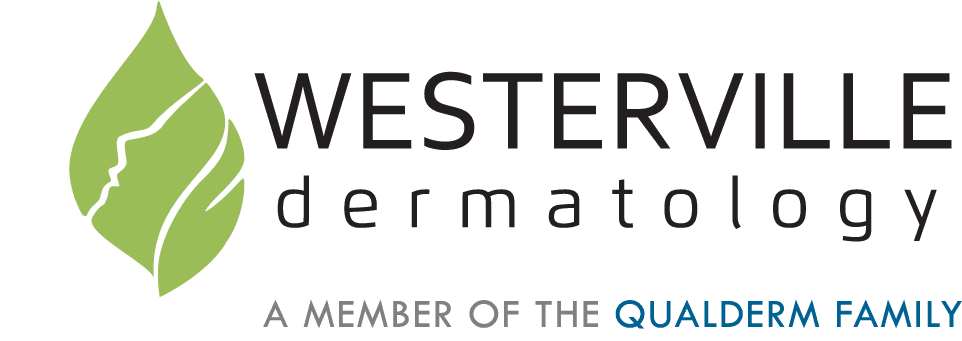Exceptional Service – Every Patient, Every Time
Actinic Keratosis Treatment
If you’ve had a skin lesion that has been spotted by a dermatologist but that isn’t skin cancer, it’s likely you’ve had at least one actinic keratosis. Actinic keratoses are very common pre-cancerous skin lesions; it’s estimated that over 40 million Americans develop actinic keratoses each year.
Our three board-certified dermatologists at Westerville treat actinic keratoses every day for our patients from Westerville and the surrounding areas.

Actinic Keratosis FAQS
Actinic keratoses are pre-cancerous skin lesions. They are usually rough, scaly patches that form on the areas that receive extensive sun exposure: the face, lips, ears, backs of the hands, forearms, scalp, or neck. These growths develop slowly and don’t have any signs or symptoms other than their appearance. A small percentage of actinic keratoses can eventually become skin cancer.
These growths are not painful and are not overly disfiguring because they remain small. These are the signs:
Actinic keratoses develop as the skin’s response to frequent or intense exposure to ultraviolet radiation from the sun or tanning beds.
There are certain risk factors that make a person more likely to develop an actinic keratosis:
If you leave an actinic keratosis untreated, it can turn into a type of skin cancer, a squamous cell carcinoma. While squamous cell carcinomas are rarely deadly, they can be seriously disfiguring.
Beyond heading off possible skin cancer, treatment of your AKs can relieve symptoms such as itching or tenderness.
At Westerville, our board-certified dermatologists have a variety of treatment options for removing your AKs. It’s always a good idea to remove them, even if they aren’t causing any discomfort, as they can develop into squamous cell carcinoma.
Here are the treatment approaches we use:
These medications have been developed over the past decade or so. They cause the body to react and attack the abnormal actinic growths. These creams and gels cause inflammation and redness and then the actinic keratoses begin to crust and peel off. These are prescription drugs that are usually applied to the entire affected area:
Removing these growths before they become skin cancer is 100 percent successful. Other growths may develop, but they can be removed the same way.
These are easy procedures. If Dr. Karikomi and our team believe medications are the best treatment approach, there isn’t any recovery or downtime. Surgical options don’t require any true recovery, but you may have a spot that is tender for a few days.
The most common surgical method is cryotherapy, freezing the spot. This causes it to crust and then peel away. Immediately after the application of the liquid nitrogen, the area can sometimes develop a blister, but this usually breaks or settles back down in a few hours. If we use a curet to scrape away the AK, we’ll simply cover the spot with a bandage, and you’ll want to avoid bumping it for a couple of days. The same is true for electrosurgery using an electric current to destroy the abnormal skin cells.
Health insurance typically does cover these treatments to remove AKs, as this is viewed as preventive medicine. After all, no one wins if an AK transforms into a squamous cell skin cancer.
Have questions or concerns? Please call us at 614-895-0400.
